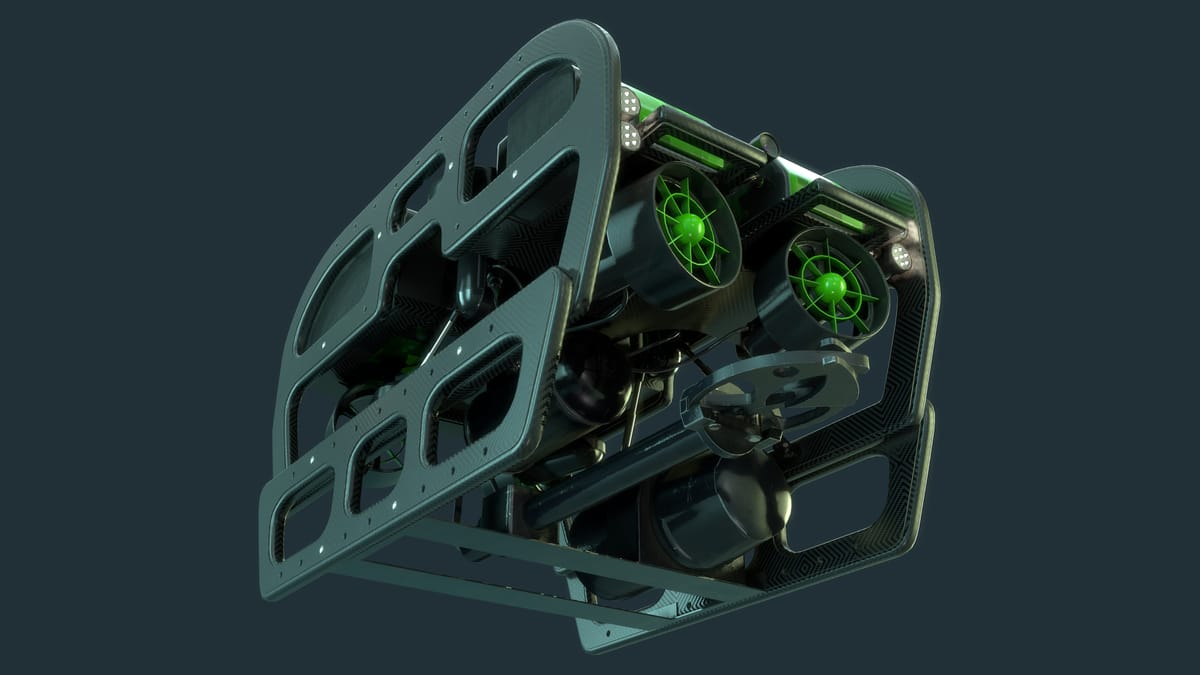Autonomous Underwater Vehicles

Autonomous Underwater Vehicles: Expanding National Maritime Capability
Autonomous Underwater Vehicles (AUVs) are self-propelled, untethered platforms capable of executing complex missions beneath the sea surface without real-time human control. By integrating advanced hydrodynamic hulls, high-energy-density power systems, and AI-driven navigation, AUVs enable persistent ocean mapping, intelligence gathering, mine countermeasures, and scientific research. As maritime domains grow more contested, mastery of AUV technology is vital for national security, resource management, and environmental monitoring.
At the core of AUV design lies a balance between hydrodynamic efficiency and payload versatility. Pressure-tolerant, torpedo-shaped hulls constructed from carbon-fiber composites or titanium alloys minimize drag while withstanding depths beyond 6,000 meters. Propulsion commonly relies on brushless electric motors driving contra-rotating propellers or pump-jet thrusters, powered by lithium-ion or emerging solid-state batteries delivering energy densities above 300 Wh/kg. Buoyancy control systems—using oil-filled variable-ballast chambers—enable smooth depth transitions without noisy pumps, critical for stealthy military operations.
Mission modules house sensor suites that include synthetic aperture sonars (SAS) for high-resolution seabed imaging, side-scan sonars for object detection, multi-beam echo sounders for bathymetric profiling, and sub-miniature chemical sensors for plume tracing. Navigation fuses inertial measurement units (IMUs) with Doppler Velocity Logs (DVL) and acoustic transponders to maintain position within 0.1% of distance traveled. Onboard processors run path-planning algorithms and obstacle‐avoidance routines, allowing AUVs to adapt routes in response to uncharted terrain or dynamic ocean currents.
Strategic Importance
For naval forces, AUVs conduct covert surveillance of littoral zones, detect mines, and survey undersea infrastructure long before crewed vessels can deploy. In the commercial sector, energy companies use AUVs to inspect subsea pipelines and risers, reducing inspection times by up to 70% and minimizing diver risk. Oceanographers deploy long-endurance glider variants that harvest thermal energy gradients to stay aloft for months, collecting climatological data critical to understanding sea-level rise. Fisheries managers employ AUV-based acoustic surveys to estimate biomass with 30% greater accuracy than ship-based methods, informing sustainable quotas.
Leading Nations in AUV Development
United States leads through programs like the Navy’s Large Displacement Autonomous Undersea Vehicle (LDUUV) project, fielding 7-meter platforms with 2,500 km range and multi-day endurance, and the Office of Naval Research’s GhostSwimmer bio-inspired AUVs for littoral reconnaissance. China has accelerated its fleet with the “Striver” series by the China Ship Scientific Research Centre, deploying AUVs for deep-sea mineral exploration down to 10,000 meters and integrating national BeiDou positioning for improved underwater navigation. United Kingdom excels in mine countermeasure AUVs such as Thales’ “Autonomous MCM” vehicles, equipped with high-frequency SAS and machine-learning classifiers to identify ordnance at 6 knots. Australia contributes lightweight glider AUVs through CSIRO’s Bluebottle program, achieving 150-day missions to monitor the Great Barrier Reef’s health. India’s DRDO advanced indigenously built AUV prototypes for anti-submarine warfare trials, featuring modular payload bays and collaborative tasking capabilities.
Future Trajectory
Next-generation AUVs will leverage swarming behaviors, where fleets of small vehicles coordinate via acoustic mesh networks to cover vast areas in parallel, reducing mission time by orders of magnitude. Advances in energy—such as aluminum-water fuel cells and supercapacitor hybrids—promise two-week endurance for multi-kW payloads. AI-powered autonomy will evolve from waypoint following to goal-oriented mission planning, enabling AUVs to independently identify points of interest and adjust sensor configurations. Integration with satellite and unmanned surface vehicle relays will bridge the communication gap, delivering near-real-time data streams to command centers.
As undersea domains become pivotal to trade routes, resource extraction, and security, nations that invest in the full AUV ecosystem—from materials and manufacturing to autonomy and fleet orchestration—will secure unparalleled maritime awareness and operational reach well into the twenty-first century.




